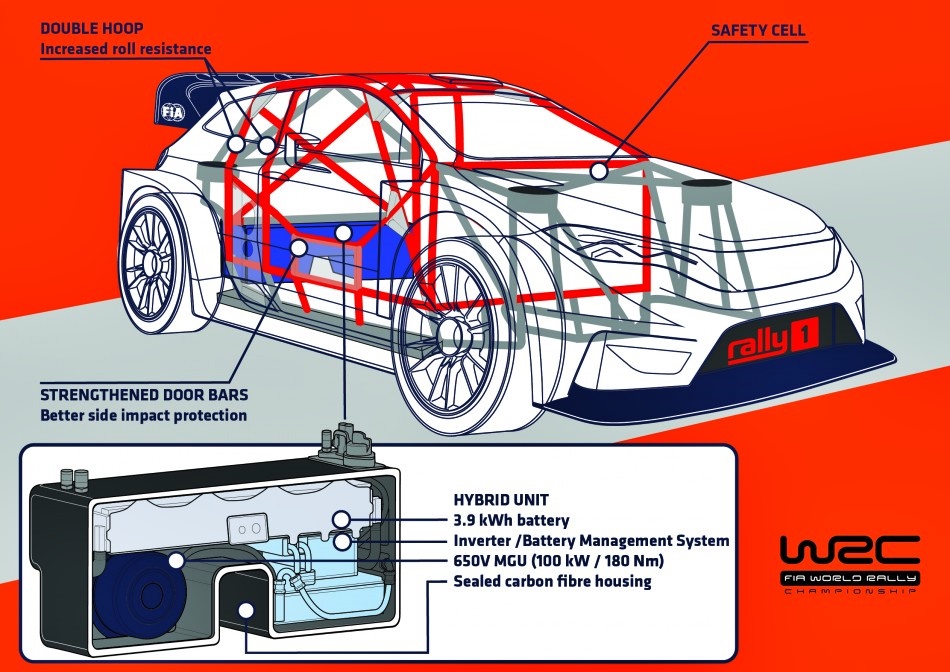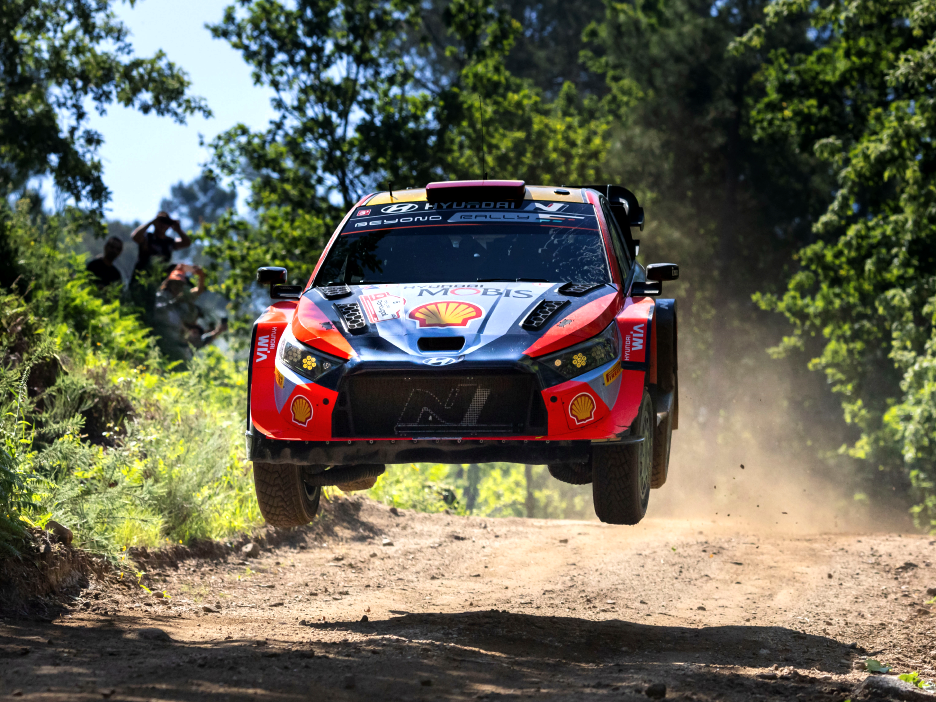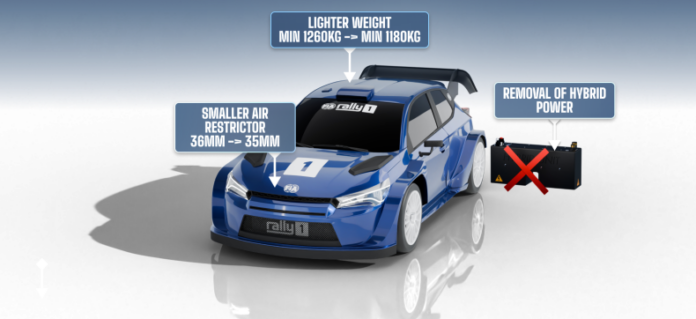In 2022, the FIA – the world body governing motorsport – brought electrification to the World Rally Championship (WRC). The move followed the electrification trend taking place in the auto industry as a way to combat climate change.
Three automakers – Toyota, Hyundai and M-Sport Ford – were willing to accept the change in powertrains at the topmost level of the WRC and began development of hybrid powertrains for their rallycars which would be categorised as ‘Rally1’.

In the initiative, the FIA and the teams were committed to the electrification plan which would have a partnership model based on a 3-year cycle. This was unlike the annual commitment before, and offered better stability and planning opportunities as well as a new marketable asset for all parties.


Changes take effect in 2025
Now, just 2 years later, the FIA has announced that the use of plug-in hybrid technology in Rally1 cars will be paused for 2025. Changes to the WRC’s technical regulations show that Rally1 cars will no longer use the existing plug-in hybrid units from next year.
It’s an unusual move at a time when the industry has come to see that full electrification is not working well as the market is not ready, and hybrid technology is regarded as more suited in the interim.
Reduced expenditure
But the FIA says that pausing the use of hybrid technology allows teams and manufacturers to reduce their overall expenditure. Furthermore, drivers stepping up to the WRC’s top class will also benefit from simplified transition from the Rally2 level which has not required hybrid powertrains.
“Following extensive dialogue with key stakeholders, it became clear that continuing to use the plug-in hybrid units provided under the existing supplier agreement was no longer in the best interests of the FIA World Rally Championship. We can now move forward in full confidence that the WRC becomes even better and stronger, with developments that are in line with the working perspective for the 2027 technical regulations,” said FIA Chief Technical and Safety Officer Xavier Mestelan-Pinon.
“Once again, we have highlighted the championship’s ability to adapt without diluting the sporting spectacle, while responsibly embracing the challenges of our times. We are also pleased that the use of 100% sustainable fuel remains a cornerstone of the championship’s commitment to reducing its environmental impact,” he added.

Less complex to maintain, the rallycars will also be lighter (from 1,260 kgs to 1,180 kgs), and the air restrictor size reduced from 36 mm to 35 mm to maintain an equivalent power-to-weight ratio between the 2024 and 2025 cars.
‘WRC will still be exciting’
The FIA believes that the new Rally1 cars without hybrid system ‘will continue to excite fans across the globe in 2025’. Indeed, on the WRC-counting ORLEN 80th Rally Poland in June, Martins Sesks demonstrated the potential of non-hybrid rallycars as he set 4 top-three stage times and held second place for 3 stages during his Rally1 debut driving a Ford Puma with ballast fitted in lieu of using a plug-in hybrid unit.

“The rich heritage and unique appeal of this sport, which is so dear to my heart, are invaluable, and we are committed to safeguarding its future. This development is important not only for the championship’s stakeholders to adapt to the evolving energy landscape, but also for containing costs. By focusing on sustainable fuel and simplifying car technology, we’re ensuring the WRC remains captivating for fans and achievable for competitors,” said FIA President Mohammed Ben Sulayem.
Saudi Arabia to have a World Rally Championship round from 2025

